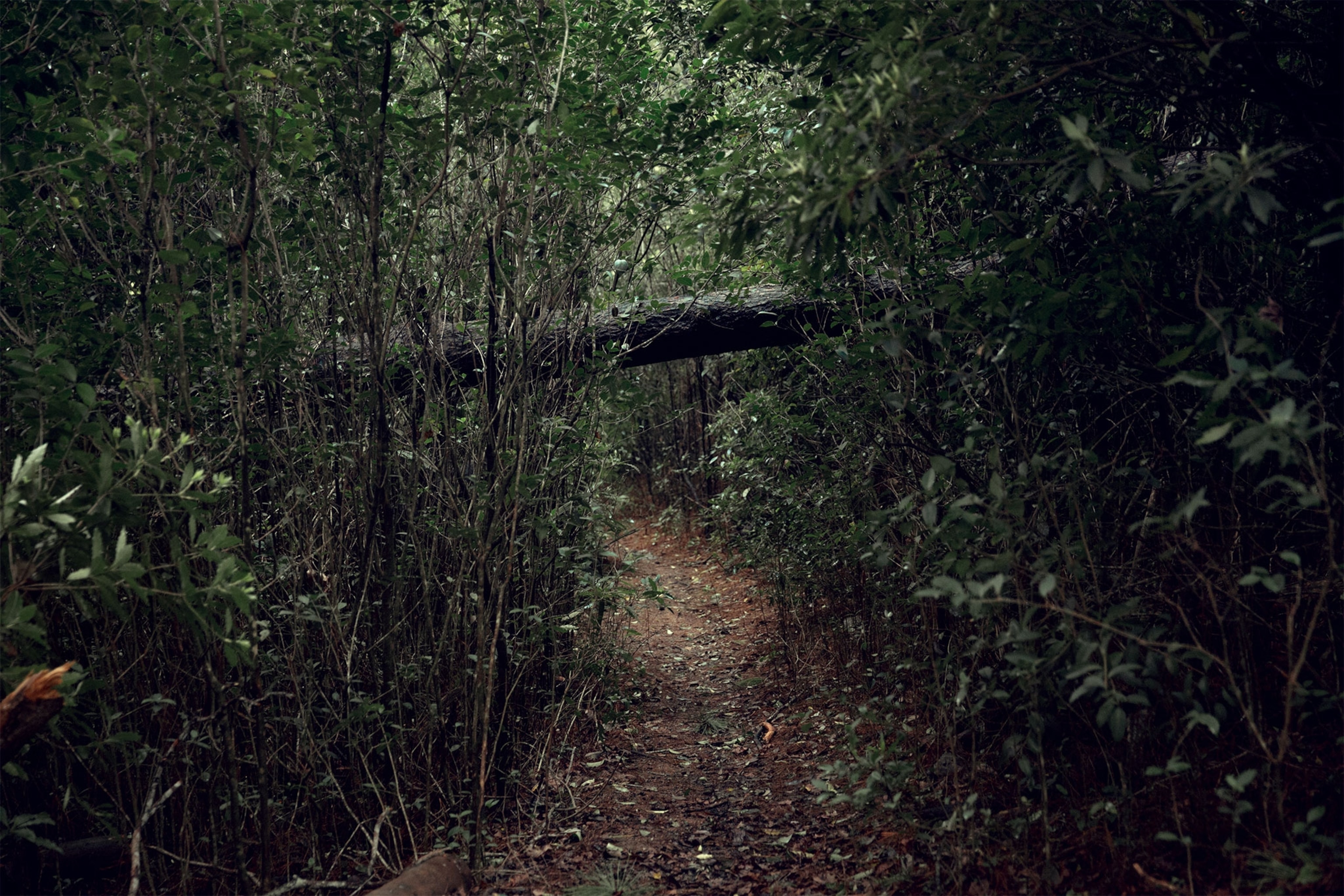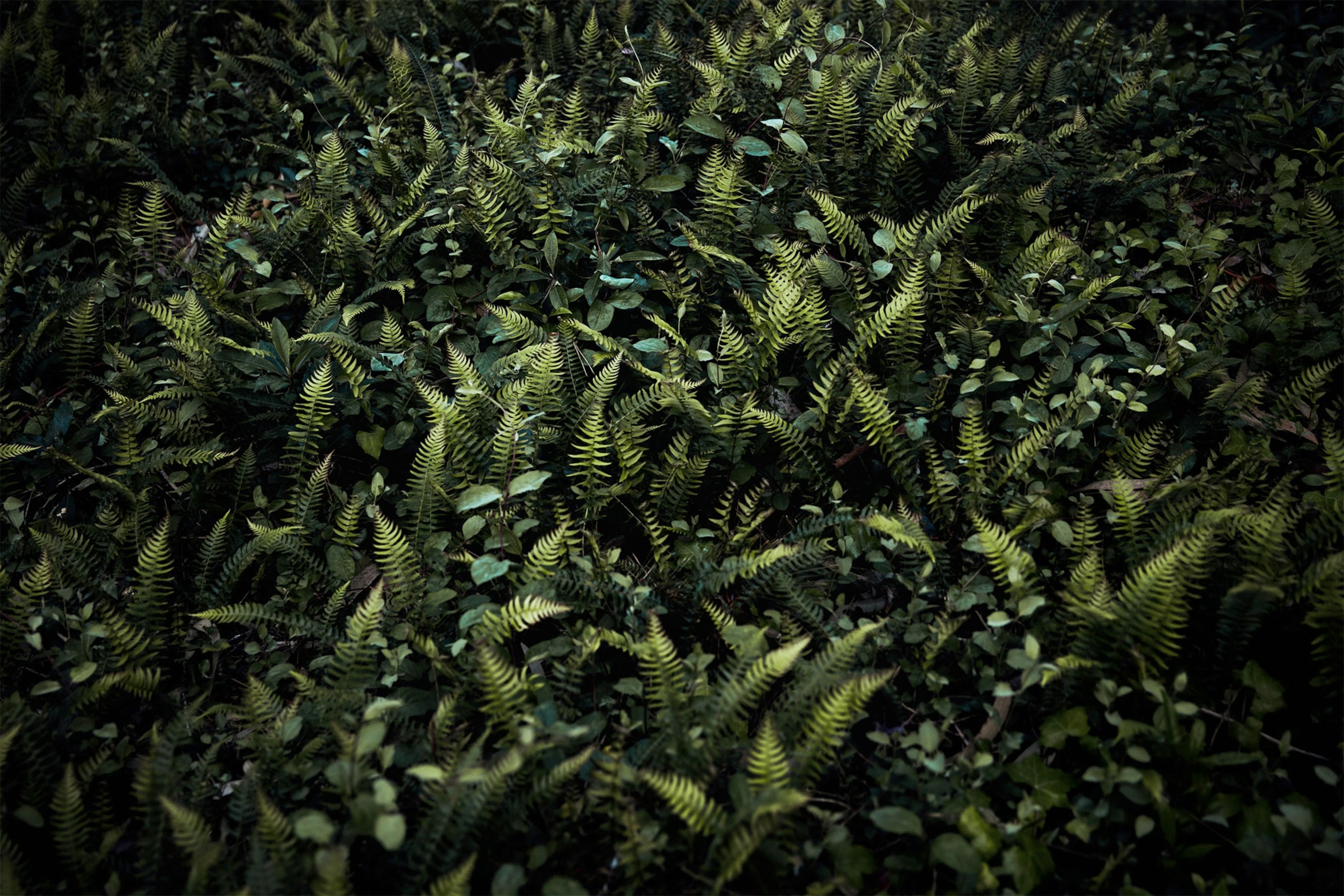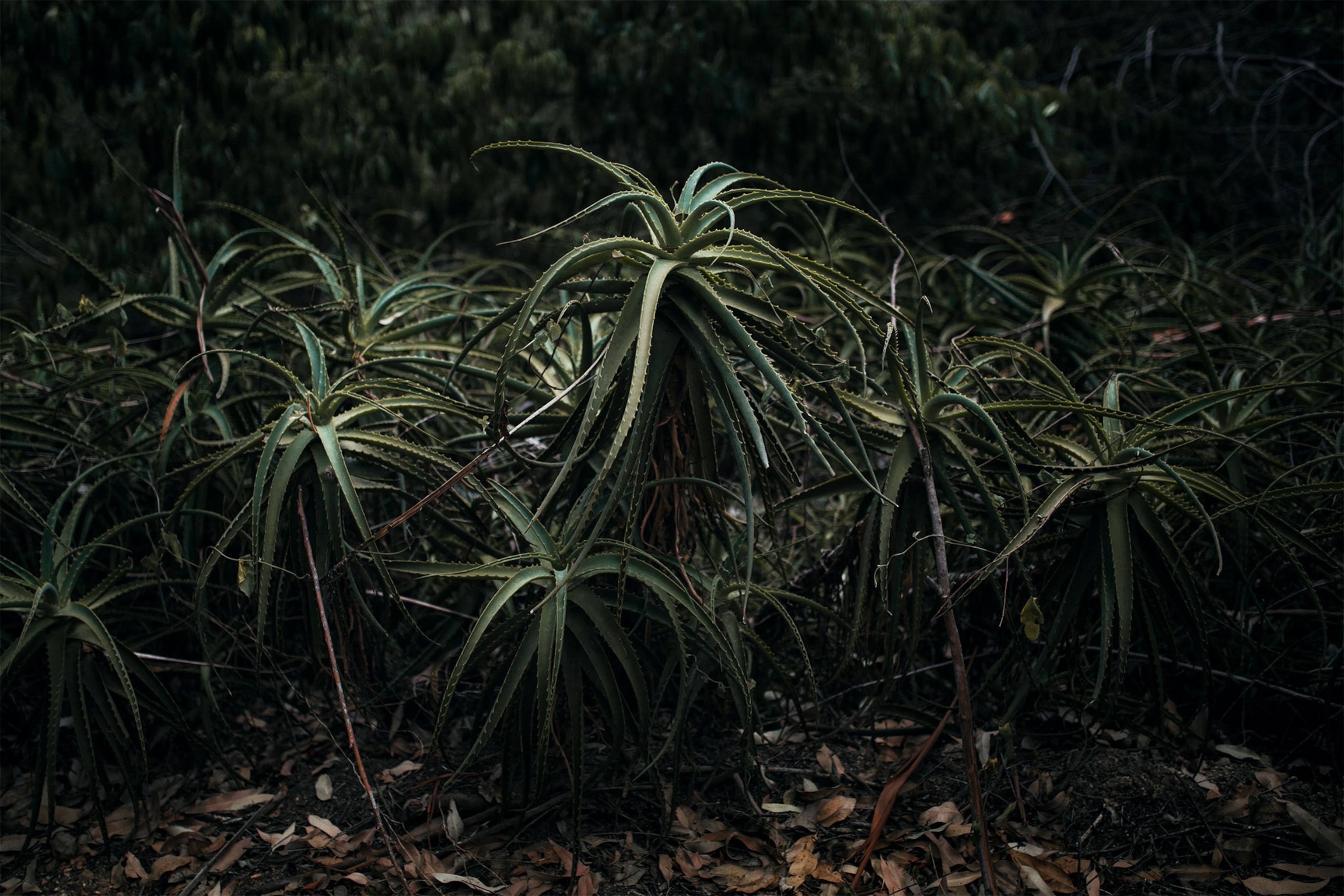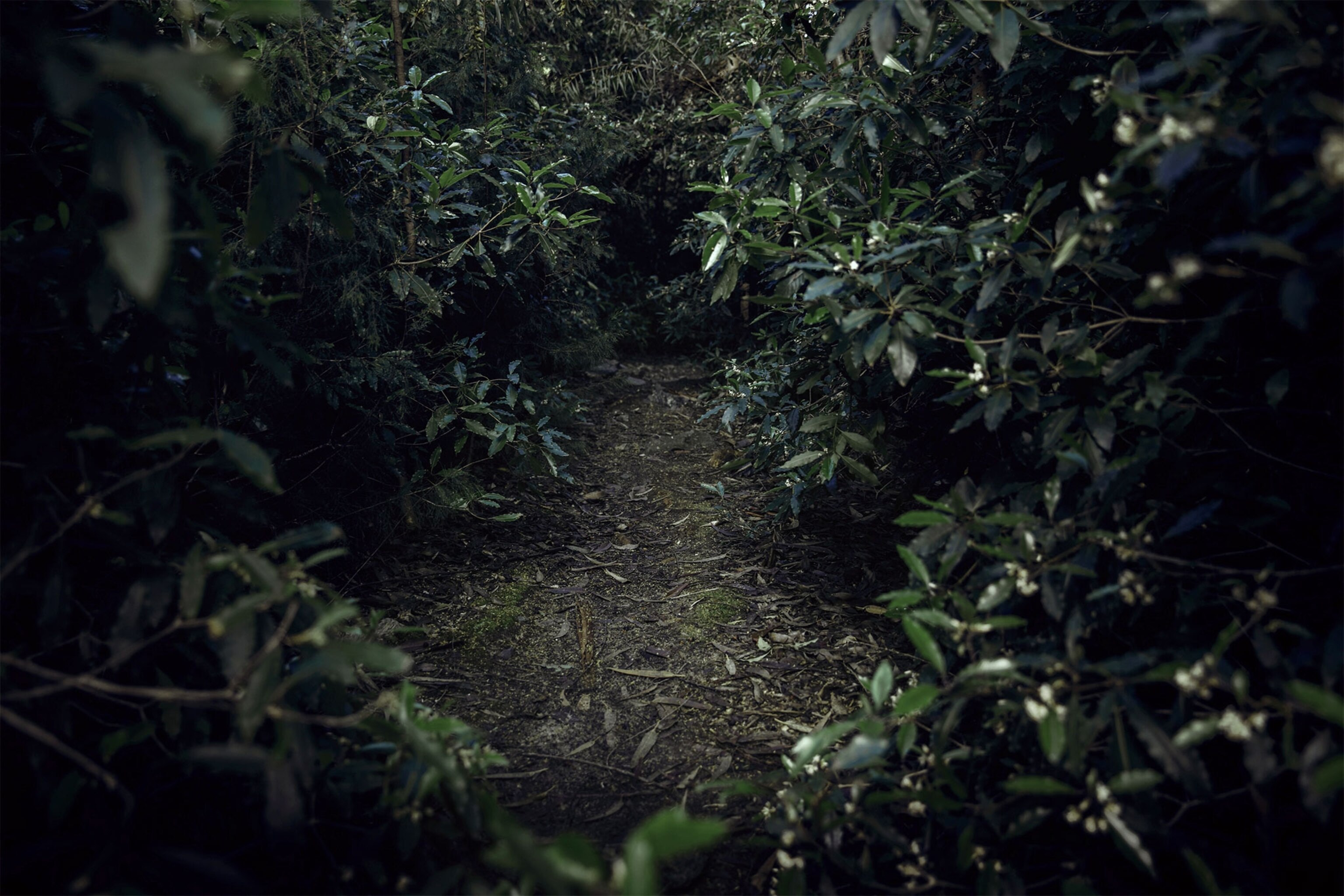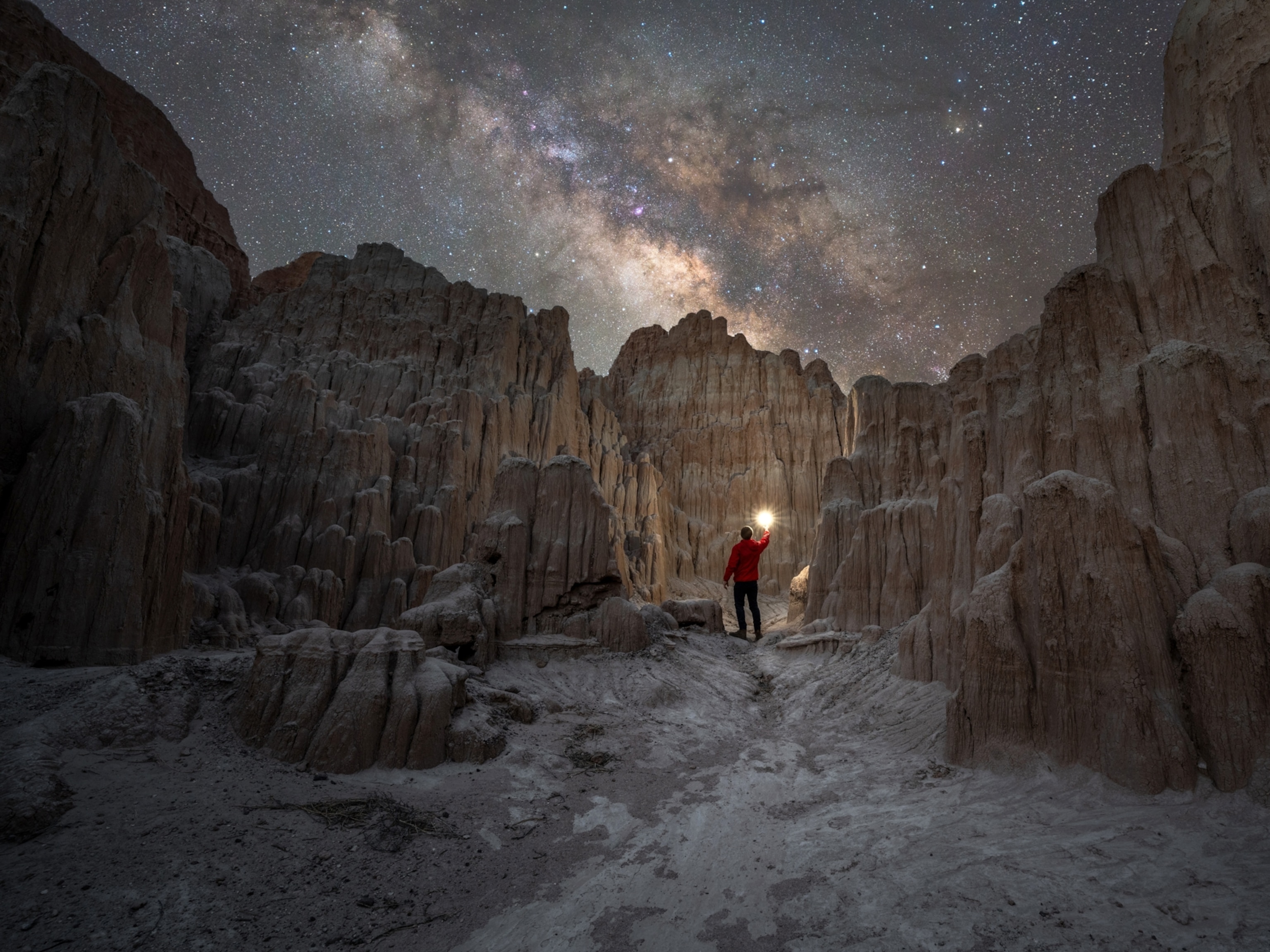
Forest bathing is the secret to feel-good travel. Here’s where to try it.
These five destinations maximize the health benefits of the Japanese art of forest bathing.
Forest bathing emerged in Japan in the 1980s as a physiological and psychological exercise called shinrin-yoku, meaning “forest bathing” or “taking in the forest atmosphere.” Now this type of walking is a fitness trend and a mindfulness practice for better mental health.
The original purpose was two-fold: to offer an antidote to tech-boom burnout and inspire people to reconnect with and protect the country’s forests.
The Japanese quickly embraced this form of “ecotherapy.” In the 1990s, researchers began studying the health benefits of forest bathing, providing the science to support what we innately know: spending time in nature is good for us.
While Japan is credited with the term shinrin-yoku, the concept at the heart of the practice is not new. Many cultures have long recognized the importance of the natural world to human health.
Forest bathing is not just for the wilderness-lover. The practice can be as simple as walking in any natural environment and consciously connecting with what’s around you.
For a more structured experience, you can join trained guides for a meditative two- to three-hour ecotherapy excursion. Here are five places to practice forest bathing.
(This is what happens to your brain when you’re in nature)
Adirondack Mountains, New York
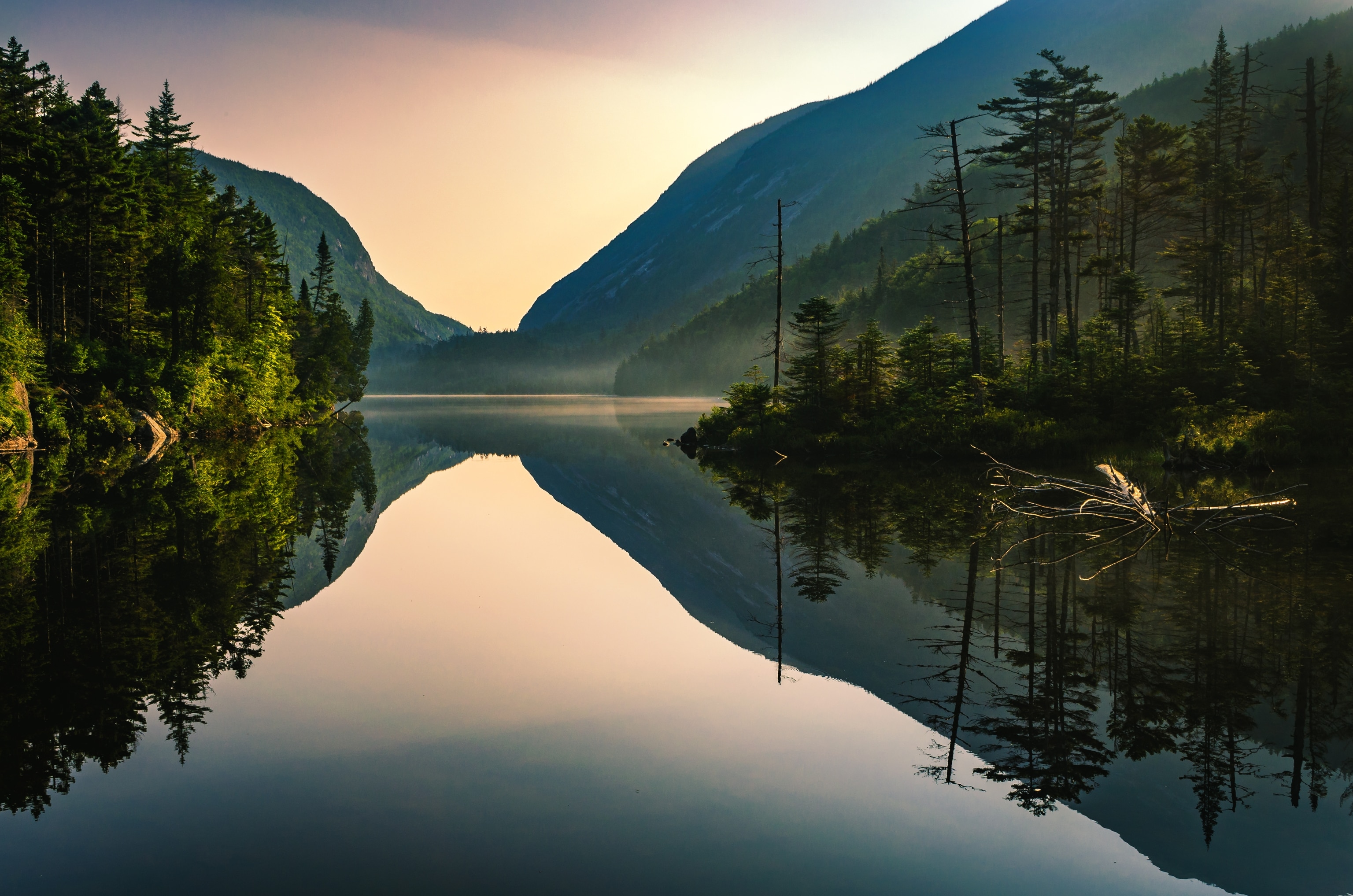
Forest bathers will find ample room to roam in the Adirondack Park. Stretching across more than six million acres of New York State and home to more than a hundred peaks and some 2,000 miles of hiking trails, it’s the largest protected area in the contiguous United States.
Native evergreens are both aromatic and release a high concentration of phytoncides, airborne essential oils that provide a natural immunity boost. The health benefits of this phytoncide “shower” can last for weeks.
Evergreen needles are rich in antioxidants and vitamin C and some—such as spruce, eastern hemlock, balsam, and pine—can be steeped and sipped as a tea.
Certified forest therapy guides Helene Gibbens and Suzanne Weirich of Adirondack Riverwalking offer guided forest bathing year-round in Lake Placid, Saranac Lake, and the Wild Center, an award-winning natural science museum of the Adirondacks.
Local tip: seeing the fall foliage and snowshoeing in winter are peak experiences.
(Here’s why shouldn’t skip the Adirondacks, the birthplace of the American vacation)
Costa Rica
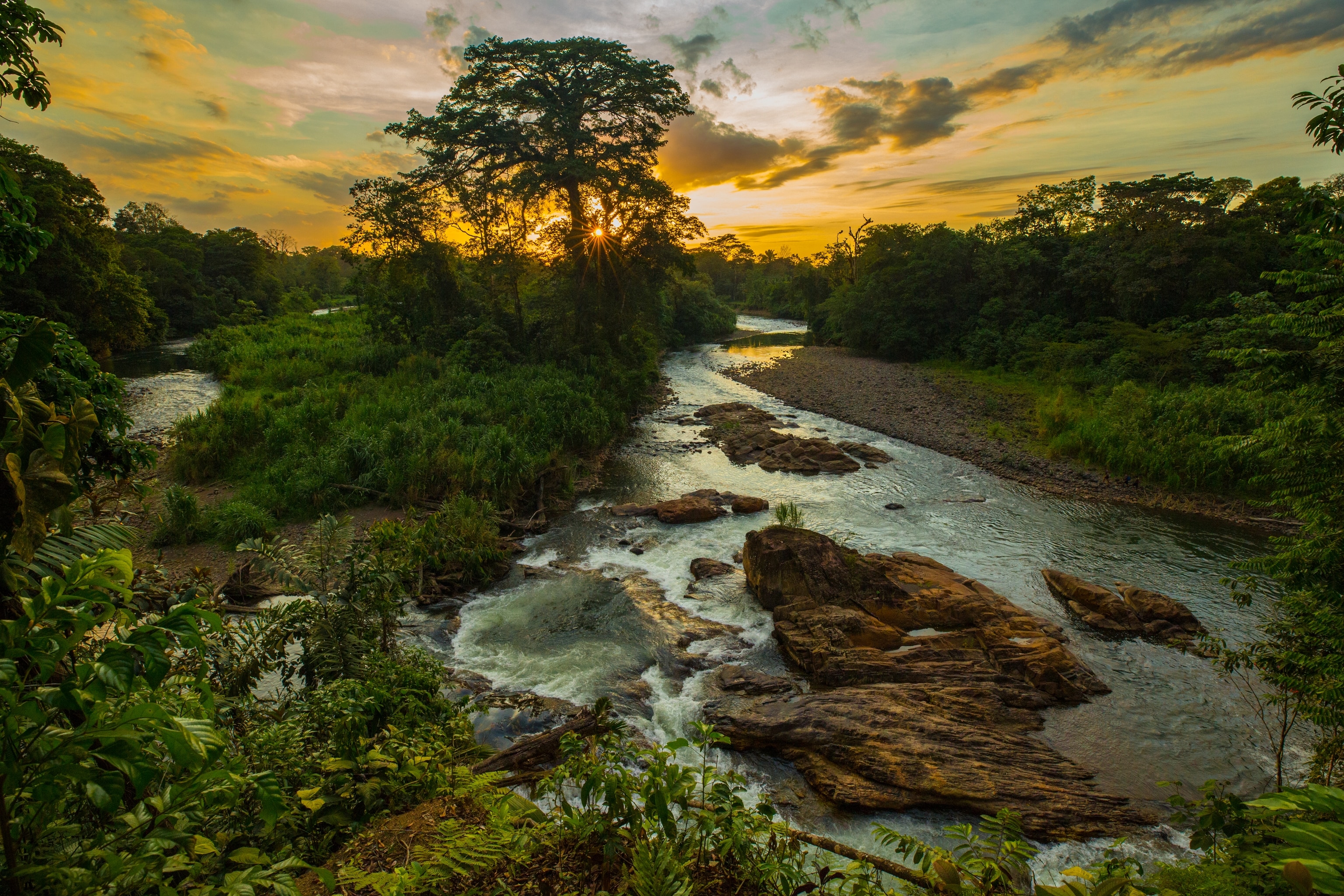
About 60 percent of Costa Rica is covered by forest, making it a forest bathing paradise. Nearly six percent of the world’s biodiversity is found here, so you’ll have countless opportunities to observe wildlife and activate your senses.
Wander through a misty cloud forest in Monteverde or hike across hanging bridges suspended amidst the canopy near Arenal Volcano. Stroll a lowland rainforest trail along the Sarapiqui River, or explore a protected forest reserve just outside San Jose city center.
Guided forest bathing walks are available through Sentir Natural and led by local naturalist Manuela Siegfried, the first Association of Nature and Forest Therapy–certified guide in Costa Rica.
(Find five of the best adventures in the shadow of this Costa Rica volcano)
New Zealand
Stand in the presence of living legends in the North Island’s Waipoua Forest, where the oldest and largest kauri trees in the world live.
Sacred to Māori people, kauri are considered “protectors of the forest.” The transition from daylight to night is accompanied by Māori songs and storytelling.
Footprints Waipoua organizes walks among the kauri trees including the Twilight Encounter, led by Māori guides.
Kenya
You may not immediately associate this East African nation with forest bathing. But the Matthews Range, in the Laikipia district of the Rift Valley, are filled with ancient forest environments that are home to endemic plants, wild orchids, more than 350 bird species, elephants, and one of the only populations of de Brazza monkeys in the country.
All make a sensory immersion excursion. Guided forest walks from Kitich Forest Camp are led by local Samburu trackers with intimate knowledge of the sounds, scents, and sights of the forest.
(You’ve heard of forest bathing, now try forest therapy)
Hawaii
A deep connection to the`aina (land) is central to Hawaiian culture. Forests here are traditionally revered as life-giving for the natural materials they provide and the spiritual needs they satisfy.
It’s easy to see how the abundance of aromatic flowers, medicinal plants such as māmaki, and 175 types of native trees—the majority of which are found only in this remote island chain—inspire travelers and locals to stop and smell the tuberoses.
In Hawaii, opportunities to bathe in nature are boundless. Pick a spot under a banyan tree and enjoy the salty sea breeze. Pause by a plumeria plant and inhale the sweet scent. Or join a guided walk with Forest Bathing Hawai`i, led by local Phyllis Look, the first guide in the state to be certified by the Association of Nature and Forest Therapy.
- National Geographic Expeditions

